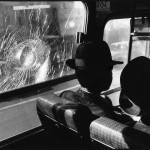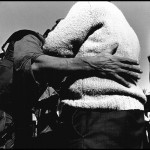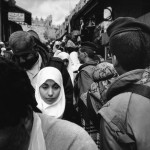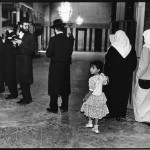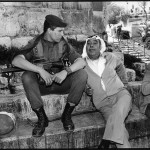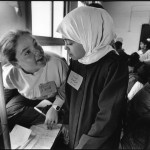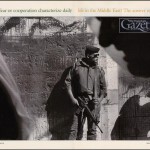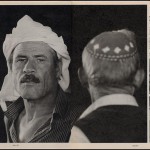Completing a photo-essay is one of the most challenging and yet rewarding tasks for any photographer. A photo-essay can be on pretty much any subject matter and utilize almost any photographic style. The key elements to a good photo-essay are a unified set of images on one topic, portraying the photographer’s point of view of the subject. I have seen great photo essays about people, places, things, subcultures, etc. Some have been made using only portraits or landscapes or still life imagery.
Over the next four weeks, I will take you through the steps I take when producing photo-essay,s for exhibition and publication. I will walk you through my thinking points as well as my concrete actions.
This first blog entry defines a photo-essay.
The second blog entry explores shooting strategies.
The third blog entry talks about editing and selecting the best images.
The fourth blog entry discusses how to get your work disseminated.
Each will feature images from photo-essays I have made and examples of printed/exhibited projects.
In this first of four blog entries on the photo-essay, we start with the basics, what is a photo-essay. Defining anything is always a good step before moving forward.
We can break down photo-essay into two parts, as in the words “photo” and “essay.” Assuming we can agree on what a photo is, then we should agree to the definition of an essay.
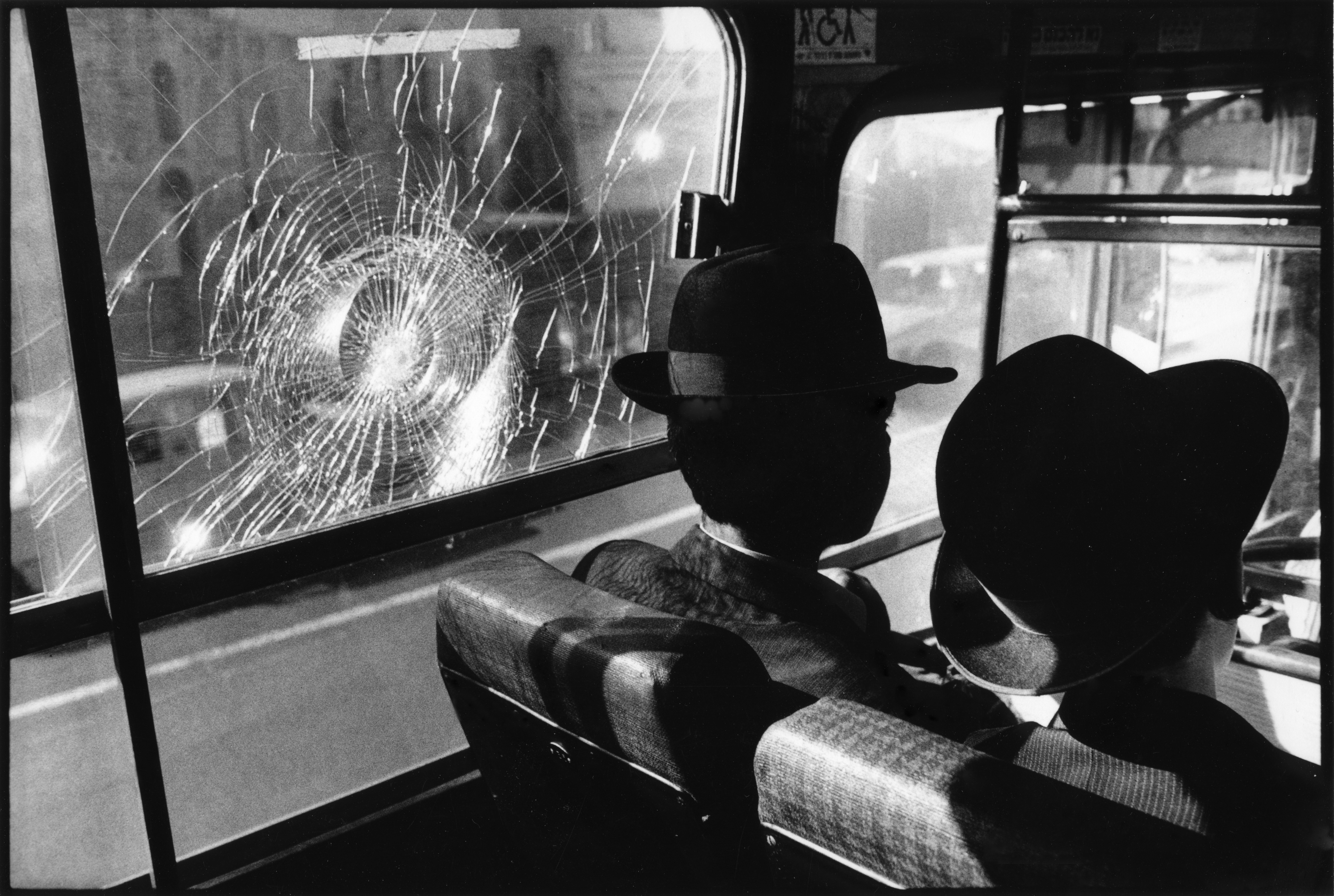 The word essay comes from Middle French: “essai” – as in trial, test, weigh.
The word essay comes from Middle French: “essai” – as in trial, test, weigh.
Another definition is to to try, make an effort or an attempt . We also know an essay as a short literary composition on a single subject, presenting the personal view of the author.
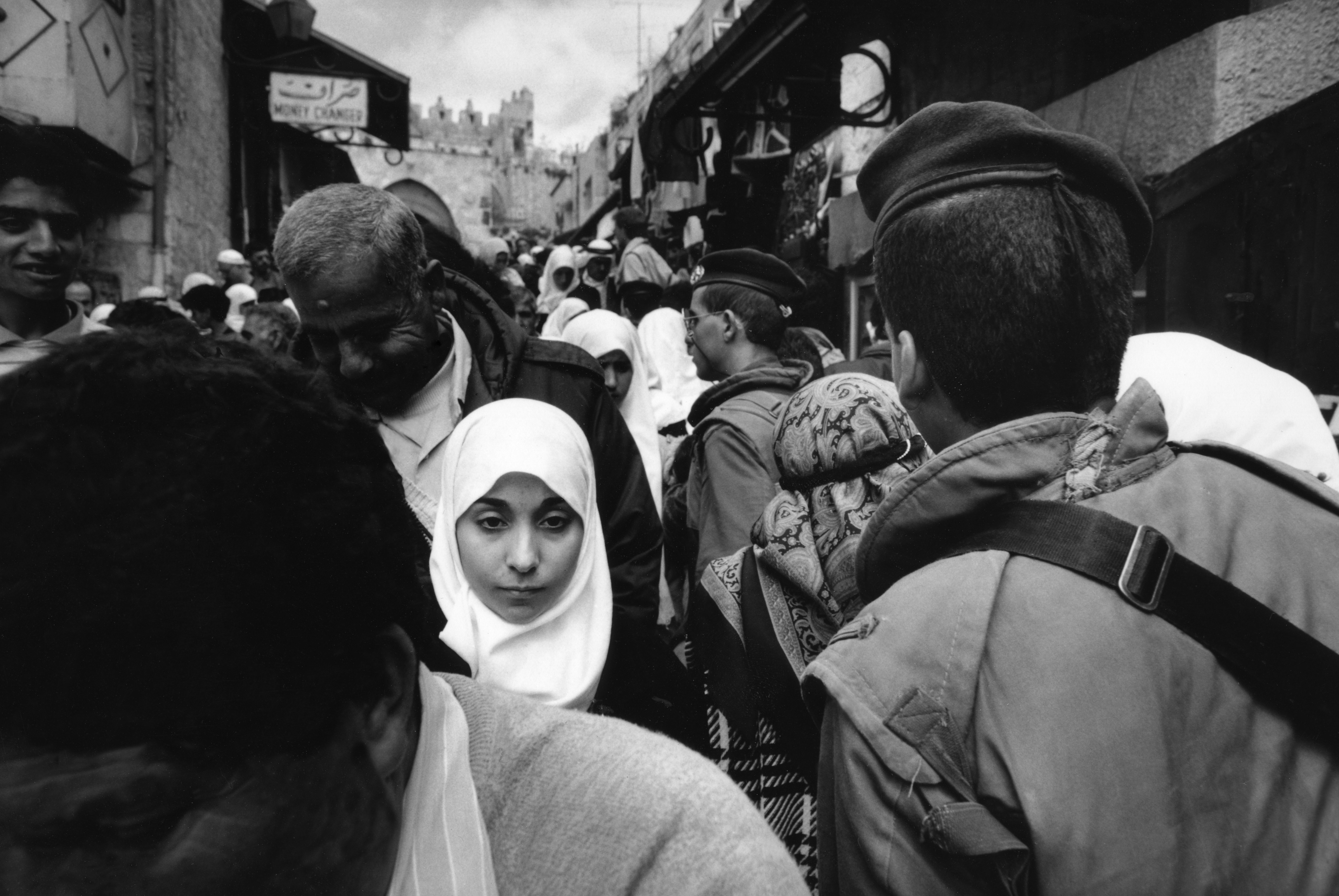 The best photo-essays communicate an idea that others can understand without your presence or your explanation.
The best photo-essays communicate an idea that others can understand without your presence or your explanation.
There are broadly, two kinds of photo-essays:
Linear, which are unified by the evolution/character development of the people/group shown in the photo-essay.
Portfolio, which is unified by the commonality of location, topic, idea and/or stylistic approach to the photography
 The easy part of any photo-essay is choosing the topic and the hardest part of is deciding on your point of view. One way to do this is to simply start photographing and pay attention to what works visually as well as to what part of the topic holds your attention.
The easy part of any photo-essay is choosing the topic and the hardest part of is deciding on your point of view. One way to do this is to simply start photographing and pay attention to what works visually as well as to what part of the topic holds your attention.
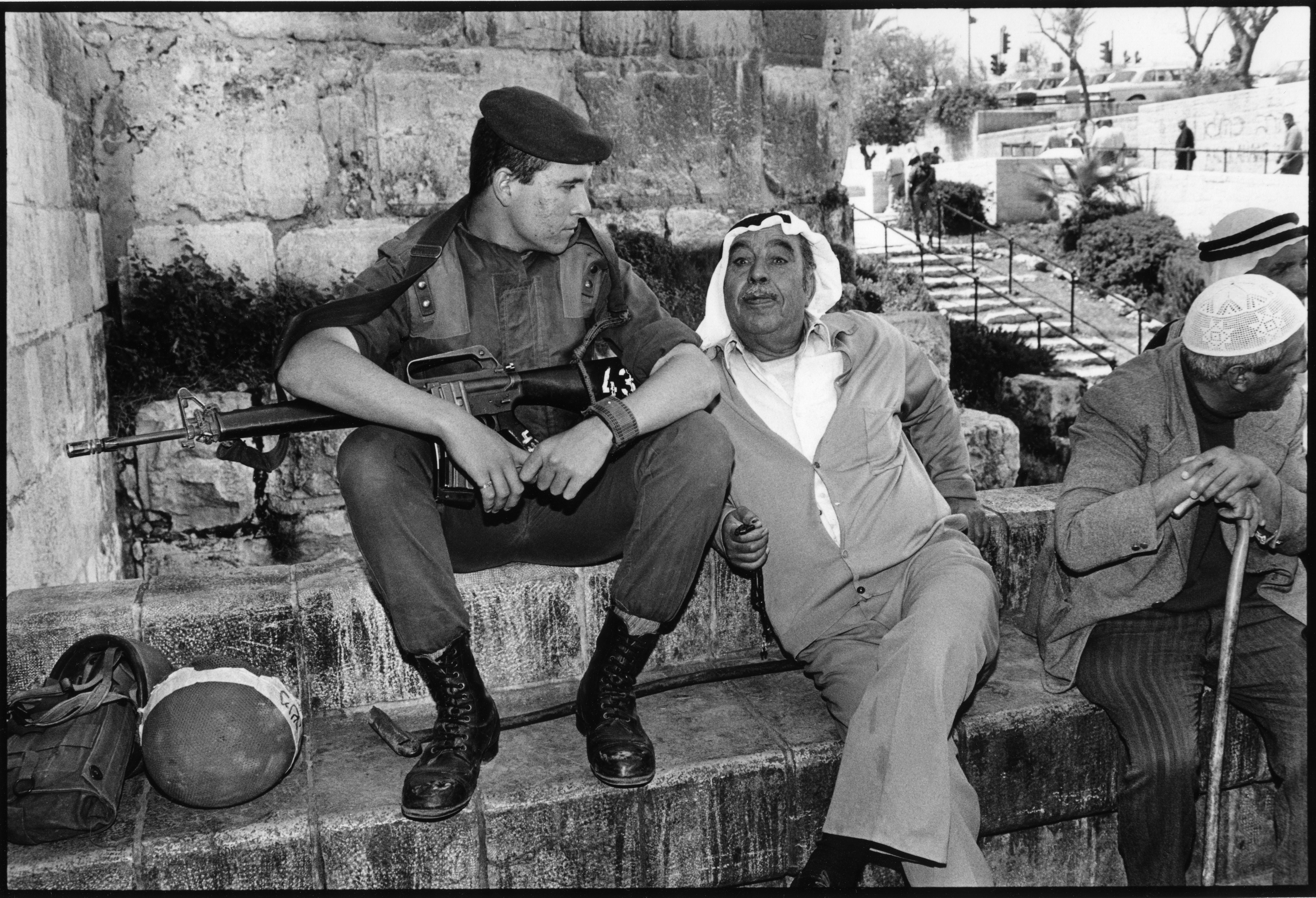 Your point of view can be as simple as love or hate, joy or anger. The photos in the essay will show the viewer the person place or thing but what the viewer really wants to know is what you, as the author, think of that subject. Admiration, respect, disdain, empathy or fear are all point of view.
Your point of view can be as simple as love or hate, joy or anger. The photos in the essay will show the viewer the person place or thing but what the viewer really wants to know is what you, as the author, think of that subject. Admiration, respect, disdain, empathy or fear are all point of view.
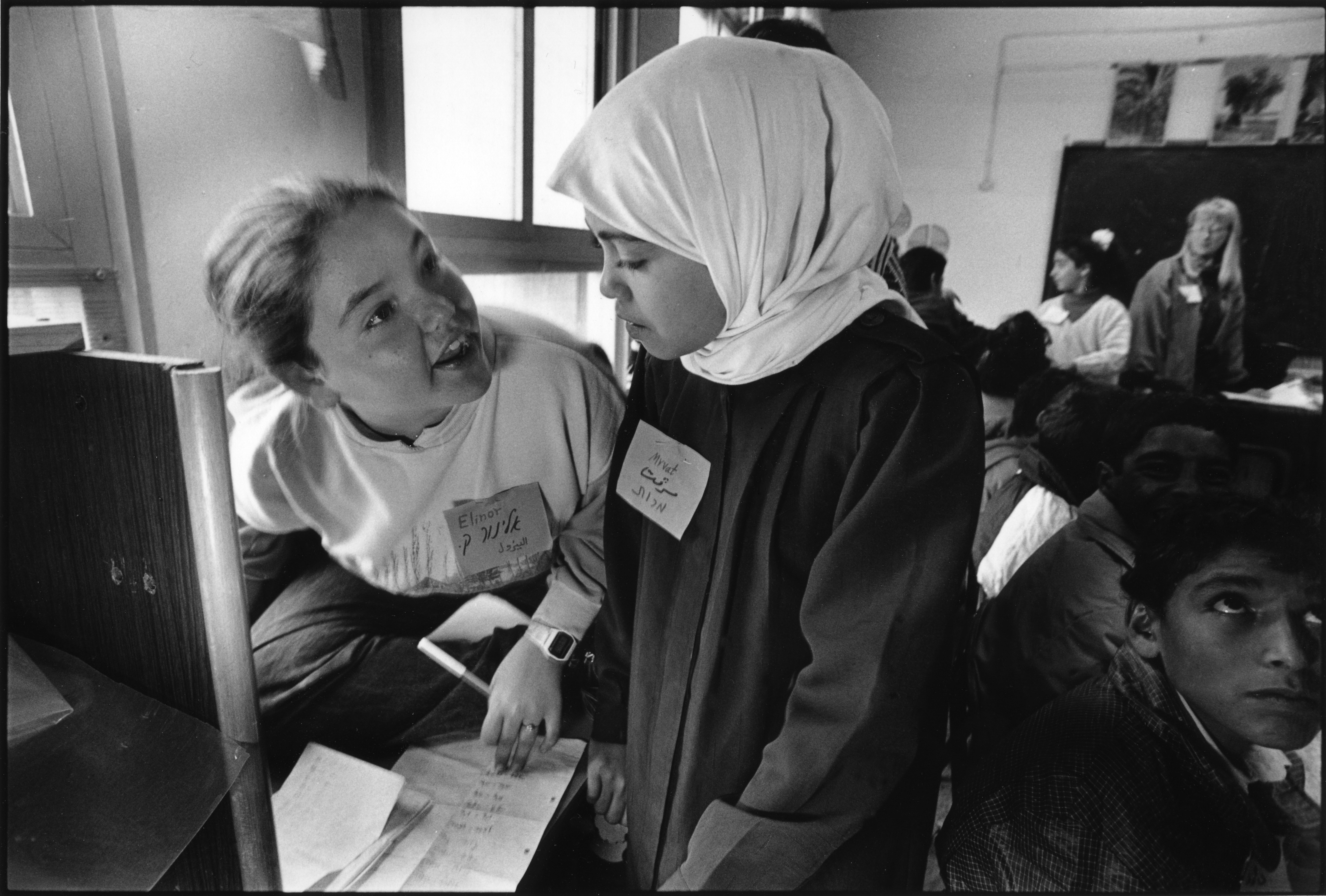 If you look at any great books, films, works of music, etc., the author has a point of view. Bruce Springsteen does not just tell us about the plight of the American worker, he tells us what he thinks, and how we should empathize with those same workers. Film makers do not just show us their story, they encourage us to love (or hate) the players in the drama at the core of their motion pictures.
If you look at any great books, films, works of music, etc., the author has a point of view. Bruce Springsteen does not just tell us about the plight of the American worker, he tells us what he thinks, and how we should empathize with those same workers. Film makers do not just show us their story, they encourage us to love (or hate) the players in the drama at the core of their motion pictures.
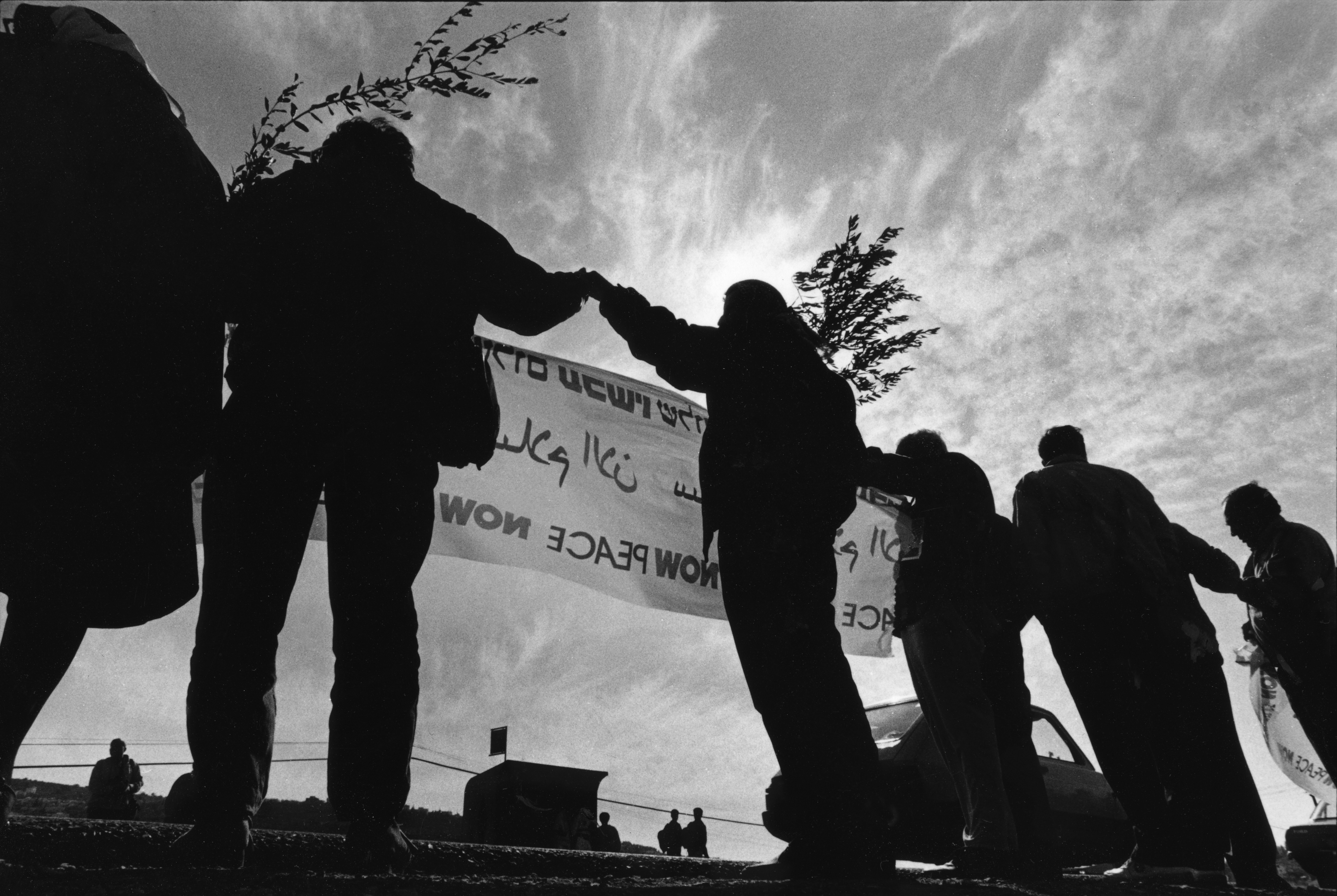 Once you settle on those two, the photographing is relatively easy. The value in predefining the essay is that it helps limit you to what you are doing when you are photographing. Without such definition most of us have a tendency to photograph everything we see.
Once you settle on those two, the photographing is relatively easy. The value in predefining the essay is that it helps limit you to what you are doing when you are photographing. Without such definition most of us have a tendency to photograph everything we see.
 One way that helps me start a photo-essay is to, after the initial photography, write out a project proposal. In the proposal I try to articulate, what is my point of view? Is the photo-essay linear or a portfolio? Will it be in color or black and white, portraits or landscape, etc. Who is the potential audience?
One way that helps me start a photo-essay is to, after the initial photography, write out a project proposal. In the proposal I try to articulate, what is my point of view? Is the photo-essay linear or a portfolio? Will it be in color or black and white, portraits or landscape, etc. Who is the potential audience?
 My photo-essays are always made with public dissemination in mind. If I am going to go through the trouble of defining and then executing a photo-essay, I want my point of view to have an impact on others.
My photo-essays are always made with public dissemination in mind. If I am going to go through the trouble of defining and then executing a photo-essay, I want my point of view to have an impact on others.
 Writing down my understanding of the topic, my thoughts about my potential point of view, etc. forces me to articulate to myself (and eventually for others) what exactly is my point of view and by extension, why should my future audience care.
Writing down my understanding of the topic, my thoughts about my potential point of view, etc. forces me to articulate to myself (and eventually for others) what exactly is my point of view and by extension, why should my future audience care.
This does not mean you should not be open to your photo-essay changing. But having a clear definition means you stay “on message” as you move forward with your photo-essay and you do not get distracted by other things.
In the second blog entry I will explore shooting strategies for photographing the ever evolving photo-essay.
The photos shown here are from my project: The relationship between Israelis and Palestinians. My project proposal for that project says: In 1990, before the first Madrid peace conference, I started photographing the relationship between Israelis and Palestinians. In my experience, the relationship between Palestinians and Israelis is best viewed as a spectrum. At one end of the spectrum is conflict, at the other end of the spectrum is cooperation, intentional attempts at understanding one another through dialogue groups, summer camps, etc. The middle of the spectrum is co-existence, day-to-day interactions in shared working, living, and playing spaces. Coexistence is the heart of the relationship and the part of the relationship that is most ignored in the media at large. Much of my work has been an effort to humanize both sides. My photographs of the occupation and the forced interaction between Israelis and Palestinians highlight the problems, while images of their intentional, chosen interactions show the positive possibilities. It is very telling that when I disseminate my work, in and out of the Middle East, viewers are surprised by their inability to tell Palestinian from Israeli, reminding viewers of the similarity between the two. My goal was to put a human face on the struggles for Middle East peace and to educate people both in and outside of the Middle East.
This project was funded by a fellowship from the Program of Research and Writing on International Peace and Cooperation of the MacArthur Foundation.
For part 2, click here
David H. Wells is a free-lance documentary photographer based in Providence, Rhode Island, affiliated with Aurora Photos. He specializes in intercultural communications and the use of light and shadow to enhance visual narratives. He is an award-winning, digitally capable editorial, commercial and location photographer producing imagery for clients in New England as well as nationally and internationally. Past assignments have been for Life Magazine, National Geographic, the New York Times Sunday Magazine and the Philadelphia Inquirer Sunday Magazine, to name a few. His photo-essays produced for publication and exhibition, have focused on globalization in India and Bangladesh, the pesticide poisoning of farm workers in California, the lives of South Asian immigrants in America, the challenges facing fishermen in New England as well as the complex relationship between Israelis and Palestinians. He has done work for numerous corporations including Consolidated Natural Gas and DuPont. He has also worked for a number of non-profit organizations including Brown University, the Ford Foundation and the New Israel Fund, among others. He is a member of the American Society of Media Photographers (ASMP,) Creative Eye and the National Press Photographer’s Association.
David’s Site » http://davidhwells.com/
David’s Blog » http://thewellspoint.com/
David’s Facebook » https://www.facebook.com/thewellspoint
David’s Twitter » https://twitter.com/thewellspoint
David’s Vimeo » https://vimeo.com/thewellspoint/
David’s Tumblr » http://thewellspoint.tumblr.com/
David’s Workshops » http://davidhwells.com/workshops/index.php
PDN award » http://www.pdnonline.com/features/PDN-Reader-Survey-T-3302.shtml
Olympus Visionary » http://www.getolympus.com/us/en/visionaries/david_wells

